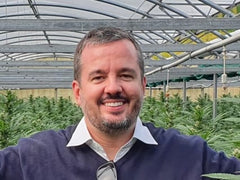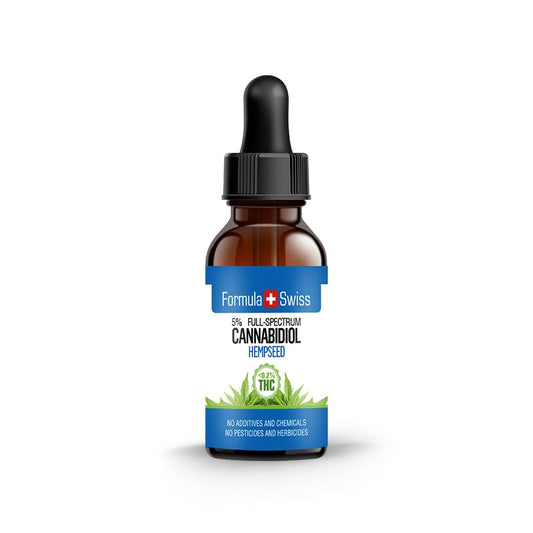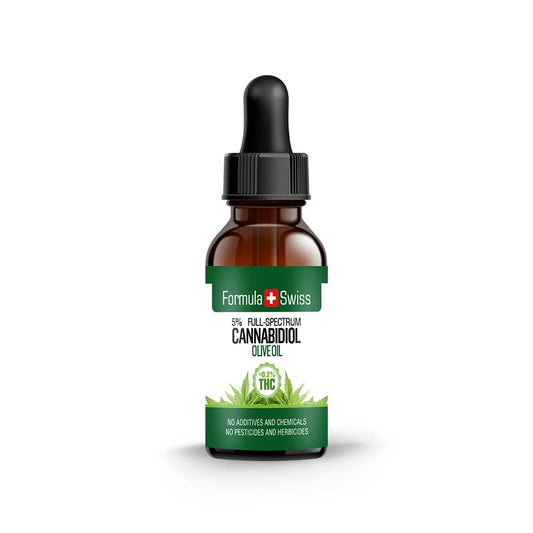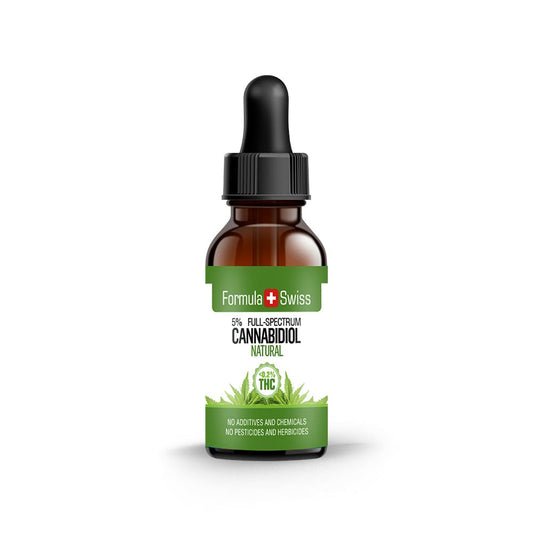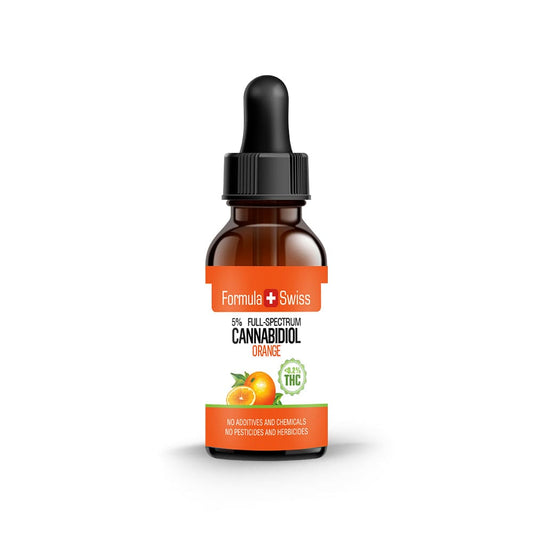Have you ever wondered why raw cannabis doesn’t cause the same effects as when it’s heated? It’s not just a technical detail—it’s a key part of how the plant works. In its fresh form, cannabis contains a compound called tetrahydrocannabinolic acid, or THCA. In fact, up to 98% of the plant’s cannabinoids can exist in this form before any heat is applied.
Over the years, I’ve seen how attention has gradually expanded from THC and CBD to lesser-known compounds like THCA. It’s a shift that mirrors what I’ve encountered in both product development and conversations with industry colleagues. Unlike THC, THCA isn’t intoxicating in its raw state. But once heated through a process called decarboxylation, it converts into THC, the compound known for its psychoactive effects.
This transformation highlights an important aspect of cannabis chemistry. THCA has become increasingly discussed in scientific circles for what it represents—not just a precursor to THC, but a compound worth understanding on its own terms.
Prefer watching over reading? This video covers the key points from the article:
Save up to 30% when you order your CBD oil today
Key takeaways
- THCA is a non-psychoactive cannabinoid found in raw cannabis and is the precursor to THC.
- It undergoes decarboxylation—a heat-driven process—to convert into THC.
- THCA is naturally produced in the trichomes of the cannabis plant during its growth cycle.
- Interest in THCA is growing due to its distinct properties and role in cannabis research.
This article is provided for informational purposes only and does not relate to any of the products available in our webshop. For more information, please see our full disclaimer.
Introduction to THCA (tetrahydrocannabinolic acid)
Understanding the chemistry of cannabis involves looking at its lesser-known components, such as THCA (tetrahydrocannabinolic acid).
THCA plays a foundational role in the profile of the raw cannabis plant. It appears in the plant before any heating process occurs and does not produce intoxicating effects in its original state.
A study published in Industrial & Engineering Chemistry Research demonstrates that THCA undergoes rapid decarboxylation under heat, forming the more bioactive and recognised compound, THC (tetrahydrocannabinol).
What is THCA in the context of cannabis?
THCA is one of the primary acidic cannabinoids found in freshly harvested cannabis. It forms naturally in the plant’s trichomes—tiny, resinous glands on the flowers and leaves.
As an inactive form of THC, it remains stable and non-intoxicating until subjected to heat or prolonged exposure to sunlight. This makes THCA a significant component in the early stages of cannabis maturation.
The chemical structure of THCA
The chemical structure of THCA (tetrahydrocannabinolic acid) is defined by its carboxylic acid group, which distinguishes it from its decarboxylated form, THC. THCA is classified as a cannabinoid acid and features a tricyclic structure with a pentyl side chain, making it part of the C21 class of cannabinoids.

Its molecular formula is C₂₂H₃₀O₄, and it includes both a hydroxyl group and a carboxyl group, contributing to its acidic properties. This structure is what prevents THCA from binding efficiently with CB1 receptors in the body, explaining its non-intoxicating nature before decarboxylation.
THCA and THC: Key distinctions
Although THCA and THC share a molecular relationship, they differ in structure and effects. THCA does not interact with cannabinoid receptors in the same way as THC.
The transition from THCA to THC is triggered by heat, through a process called decarboxylation. This chemical reaction removes a carboxyl group from the molecule, altering its structure and characteristics. Understanding this process is essential for anyone studying cannabinoid behaviour.
How THCA develops in the cannabis plant
The formation of THCA begins with CBGA (cannabigerolic acid), often referred to as the "mother of all cannabinoids." Through enzyme activity, CBGA is converted into THCA by the plant.
This development is influenced not only by the plant's genetic makeup but also by environmental variables. Factors such as light exposure, soil composition, and nutrient levels significantly shape the cannabinoid profile. Trichomes serve as the production centres, where these biochemical changes occur.
Order and get up to 30% off your CBD oil
The potential of THCA
THCA (tetrahydrocannabinolic acid) is increasingly examined for its non-intoxicating characteristics and its place within cannabinoid research.
As the acidic precursor to THC, it maintains a distinct chemical profile and does not produce the psychoactive effects typically associated with decarboxylated cannabinoids, as reported in the journal Cannabis and Cannabinoid Research.
One area of particular focus is THCA’s interaction with biological systems in contexts involving inflammation. Researchers have explored its influence in laboratory settings, noting signals that warrant continued examination.
THCA has also been highlighted in the British Journal of Pharmacology for its effects on cellular activity linked to the nervous system. These investigations explore how it might be relevant to the study of conditions associated with neurobiological decline.
Additionally, there is ongoing research into THCA’s potential impact on cell growth regulation, particularly regarding irregular cellular proliferation. Early-stage findings from in vitro studies suggest a basis for further analysis, but no definitive conclusions have been drawn at this stage.
Interest in THCA is steadily increasing among scientific and industrial circles, particularly due to its properties as a cannabinoid that retains stability in raw cannabis without inducing intoxication. As research progresses in controlled settings, THCA continues to be an area of active study within the field of cannabis science.
From what I have read and experienced in formulation work, there’s still a lot we’re uncovering about how THCA behaves under different conditions. That uncertainty is what makes it both challenging and interesting to work with.
Order CBD oil now and save as much as 30%
The process of decarboxylation
The transformation of THCA into THC is known as decarboxylation—a chemical reaction that plays a central role in altering the properties of cannabinoids.
This reaction occurs when THCA is exposed to heat, leading to the removal of a carboxyl group from the molecule. As a result, its structure changes, allowing for different interactions with cannabinoid receptors.

Decarboxylation can take place through various heating methods. These include direct flame exposure, thermal treatment in ovens, or controlled application of heat using precision equipment.
The temperature and duration of heat application can significantly influence the degree of conversion and the resulting cannabinoid profile. Understanding these variables is essential for those working with cannabinoid-rich materials in scientific or technical settings.
Turning THCA into THC
Decarboxylation is the chemical process that removes a carboxyl group from THCA, converting it into THC. This transformation is driven primarily by heat and is essential for altering the cannabinoid’s molecular structure. The accuracy of temperature and exposure time plays a critical role in preserving the integrity of the compound during this change.
In the journal Horticultural Science and Technology, heat stress at 45°C (113°F) was shown to promote the decarboxylation of acidic cannabinoids like CBDA and THCA, leading to increased levels of CBD and CBN.
While this temperature is lower than the typical threshold cited in other literature, the study demonstrates that extended exposure to moderate heat can initiate cannabinoid conversion with minimal degradation, suggesting the potential for controlled heating to optimise cannabinoid profiles without compromising plant integrity.
What is THC (Tetrahydrocannabinol)?
Methods of decarboxylating cannabis
There are several ways to activate THC from THCA. Each method has its way of applying heat. This affects the quality of the cannabis.
- Oven baking: It's popular because it's easy. You spread cannabis on a baking sheet and heat it without burning it.
- Specialised decarboxylation devices: These devices control temperature and time. They help keep the cannabinoids potent and preserve the plant's quality.
Choosing the right method is important. It's about finding the right balance of heat, time, and temperature. This balance is what makes decarboxylation successful.
Comparing THCA to other cannabinoids
Looking at the chemical makeup of cannabis shows clear differences between THCA and other cannabinoids. Researchers study how these compounds behave and interact to better understand what sets each one apart and how they contribute to the plant’s overall profile.
THCA is the acidic, non-intoxicating precursor to THC. Unlike THC, it does not produce psychoactive effects in its original state. Its structure and response to external factors set it apart in scientific research.

Both CBD and THCA are classified as non-psychoactive cannabinoids, but they exhibit different chemical properties and interactions. Research into these compounds continues to expand, aiming to clarify their roles within the broader cannabinoid profile of the plant.
THCA is unique among cannabis components. It's the acidic form of THC found in raw cannabis. When heated, it turns into THC. This shows THCA's potential in both its raw and transformed forms.
Understanding each cannabinoid's benefits helps us make better choices. This is true for both users and researchers. It ensures we pick the right cannabis for our needs.
How to find quality THCA products
As interest in THCA grows, so does the need to understand what signals quality in THCA-based materials. When I assess these products, I always start with third-party lab reports. It's often the first sign of whether a producer takes quality and transparency seriously. Over time, I’ve learned not to rely solely on cannabinoid content—details like the condition of the trichomes and the plant’s natural scent can speak volumes about how it was grown and handled.
Visual cues are just as telling. High-quality THCA-rich plant material tends to have well-preserved trichomes and a fresh, clean aroma. I also consider background details like the cultivar used and the reputation of the company behind the product—these often provide insight into consistency and care in production.
While everyone’s preferences vary, certain markers remain essential: verified lab results, traceability, and an honest presentation of what’s inside. Independent feedback, especially from trusted sources, adds another layer of confidence when evaluating quality. For me, these elements have become non-negotiable when choosing or recommending THCA products.
The future of THCA in cannabis research
The cannabis field is expanding, and tetrahydrocannabinolic acid (THCA) is becoming a subject of increased attention. Interest is shifting toward non-intoxicating cannabinoids such as THCA, highlighting a broader effort within scientific communities to investigate lesser-known aspects of the cannabis plant.

Research is now focusing on cannabinoids that do not produce psychotropic effects. This has contributed to a growing number of scientific initiatives aimed at examining these compounds more closely.
Academic and commercial groups are dedicating resources to study these cannabinoids with the aim of better understanding their characteristics and potential roles in various applications.
Current focus in cannabis research
Cannabis research is moving toward a closer examination of compounds that do not produce intoxicating effects. Among these, THCA has gained more attention due to its chemical stability in raw form and its role in the plant’s early development.
As scientific methods become more precise and the number of studies increases, THCA is being looked at more regularly in both academic and technical settings. Its distinction from THC continues to make it a relevant subject in discussions about cannabinoid profiles.
The interest in non-psychoactive cannabinoids reflects a shift in how individual components of the cannabis plant are being studied. THCA remains part of that focus as researchers work to better understand its characteristics.
Personal perspective
Working with hemp and cannabinoids for more than ten years has taught me that even well-known plants still have secrets. THCA is one of those compounds that’s easy to overlook, but once you start working closely with raw cannabis, it becomes impossible to ignore. Its chemical stability and transformation under heat make it a key piece in understanding how cannabis behaves—and why it matters.
Its role as a non-psychoactive precursor has made it a point of interest in scientific circles, and I’ve seen that interest grow as researchers gain access to more advanced tools and methods. While THC tends to dominate public conversations, THCA reminds us that raw cannabis chemistry has its own story—one that’s just beginning to get the attention it deserves.
Don’t miss out—save up to 30% when you purchase CBD oil today
Frequently asked questions
What exactly is THCA in cannabis?
THCA, or tetrahydrocannabinolic acid, is a non-psychoactive cannabinoid present in raw cannabis. When exposed to heat, it converts into THC, the compound known for its intoxicating properties.
How does THCA differ from THC?
Unlike THC, THCA does not produce intoxicating effects. It transforms into THC when heated through a process known as decarboxylation.
How is THCA produced within cannabis plants?
THCA is naturally produced during the plant's growth and accumulates in the trichomes, the resin glands located on the surface of the plant.
What can research currently tell us about THCA?
Ongoing studies are examining THCA for its unique characteristics within the cannabis plant. While preliminary findings are being reported, more comprehensive research is required.
What is decarboxylation, and how does it relate to THCA?
Decarboxylation is a chemical reaction that converts THCA into THC when heat is applied. This process alters the chemical structure, leading to different effects.
What methods can be used to decarboxylate cannabis?
Methods that apply heat, such as baking, vaping, or the use of specific devices, can cause decarboxylation. These approaches vary in temperature and duration, which can affect the result.
What does current science say about THCA?
Scientific interest in THCA is growing. Research is underway to understand its properties, behaviour under different conditions, and its potential role in product formulation.
What is being studied regarding THCA and neurological conditions?
Research includes the study of THCA's interaction with biological systems, including preliminary focus on neurological models. Further research is necessary to clarify these findings.
How does THCA compare to CBD?
Both THCA and CBD are non-psychoactive in their natural forms. However, THCA can convert to THC upon heating, while CBD does not undergo a similar transformation.
Amongst the different cannabinoids, where does THCA stand?
THCA is significant as the acidic precursor to THC. Its presence and transformation are key in understanding the chemical progression within the cannabis plant.
How can I identify high-quality THCA products?
Look for products that include third-party lab reports verifying content and purity. Additional factors may include plant strain, product transparency, and visual characteristics.
What should I consider when selecting THCA products?
Consider independent laboratory testing, the reputation of the producer, and clarity around product composition. Feedback from verified sources may also be useful.
How is the interest in THCA shaping the future of cannabis research?
The increased attention to THCA is influencing the direction of cannabis-related studies. This reflects a broader interest in plant compounds that do not produce intoxication.
What storage practices maintain THCA potency?
Store in a sealed container away from direct light, heat, and moisture. Proper storage helps preserve the chemical structure and avoid unintentional decarboxylation.
How are cannabinoids extracted from cannabis plants?


